Laika, the Space Pioneer Who Never Came Home
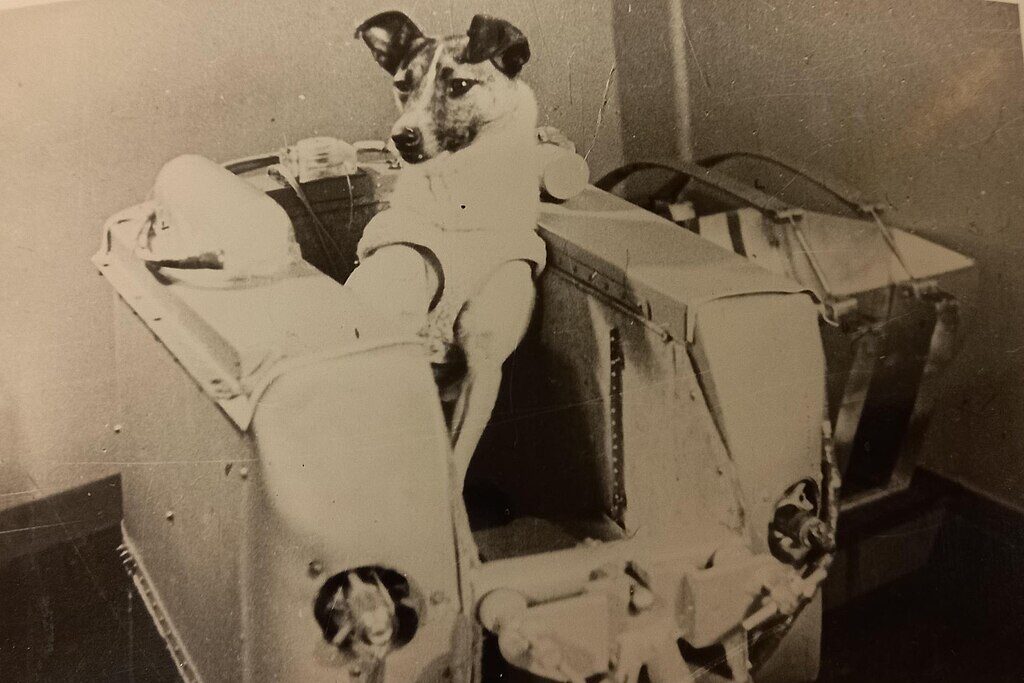
Before humans took their first tentative steps beyond Earth, a stray dog from the streets of Moscow became the first living being to orbit our planet. In 1957, Laika was launched aboard the Soviet spacecraft Sputnik 2, proving that living organisms could survive the extreme conditions of space—at least for a while. Tragically, Laika’s journey was a one-way ticket, but her sacrifice paved the way for human space exploration. Without her, Yuri Gagarin might never have made history just four years later. Though she didn’t live to see the impact of her mission, Laika’s legacy endures in every astronaut’s voyage beyond our atmosphere.
Her mission raised global ethical concerns about animal testing, sparking discussions that still influence space research today. Scientists later admitted they had underestimated the stress and heat she would endure, leading to widespread calls for more humane treatment of test animals. Despite the tragic nature of her journey, Laika’s contribution was invaluable, proving that biological life could survive (even briefly) in orbit. So, the next time you see a shooting star, spare a thought for the little dog who got there first.
Pavlov’s Dogs, the Accidental Psychologists

Most dogs drool at the sight of food. Pavlov’s dogs? They drooled at the sound of a bell. Russian physiologist Ivan Pavlov discovered classical conditioning when he noticed his canines salivating before their meals even arrived. By repeatedly ringing a bell before feeding time, Pavlov proved that animals (and humans) could be trained to associate unrelated stimuli with certain responses. His findings laid the foundation for behavioral psychology, influencing everything from marketing strategies to therapy techniques. It turns out, a dog’s dinner habits could shape the entire field of psychology.
Essentially, every time you crave fries when you see the golden arches, you have Pavlov’s pups to thank. Even modern AI algorithms use similar principles of conditioning, showing just how far his furry assistants’ legacy has reached. Pavlov’s discovery revolutionized how scientists understand learning and behavior, leading to applications in education, mental health, and even addiction treatment. Who knew a simple case of drooling dogs would redefine how we see human habits and reactions?
Dolly the Sheep, the Clone Queen
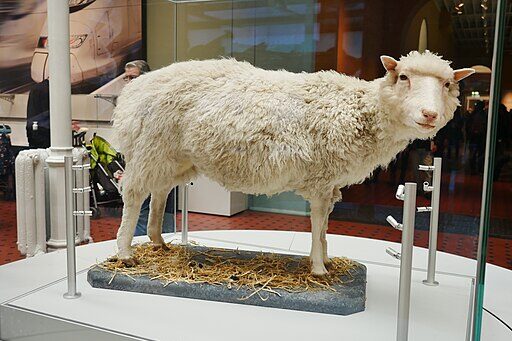
In 1996, a sheep named Dolly proved that science fiction was inching closer to reality. She wasn’t just any sheep—she was the first mammal cloned from an adult cell, forever changing the fields of genetics and biotechnology. Created by scientists at the Roslin Institute in Scotland, Dolly demonstrated that cloning was possible, raising ethical debates that still rage today. Could we clone humans? Should we? While those questions remain unanswered, one thing is certain: Dolly was an icon. Her birth was the equivalent of a scientific mic drop, shaking up everything we thought we knew about reproduction.
And like a true celebrity, she even had her own paparazzi. Her existence also opened doors to stem cell research, offering new possibilities for regenerative medicine and organ transplants. Though she lived a relatively normal sheep life (aside from being famous), Dolly’s impact was anything but ordinary. She proved that the DNA of a single adult cell could be used to create life, setting the stage for a future where cloning might be more than just a sci-fi concept.
Koko, the Gorilla Who Spoke with Her Hands
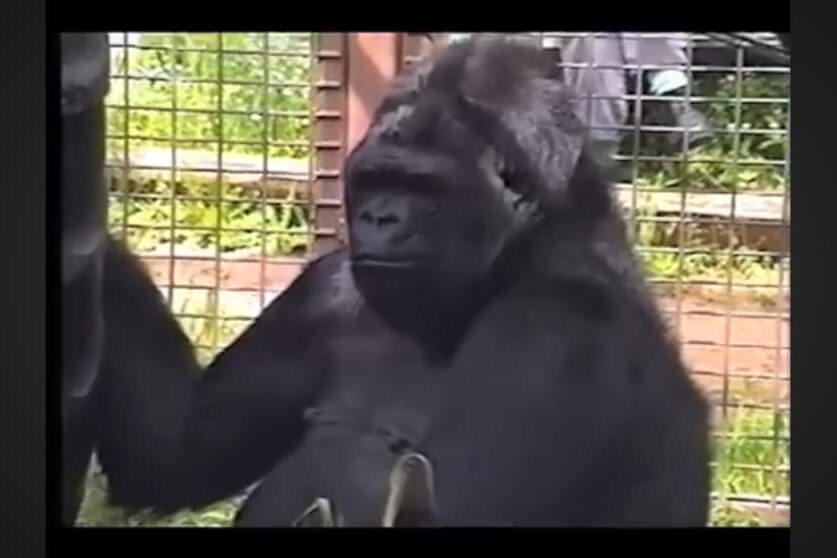
When researchers began teaching sign language to a young gorilla named Koko in the 1970s, no one expected her to shatter barriers between species. Over the years, Koko learned over 1,000 signs and even understood spoken English. She formed deep emotional bonds, expressed joy, grief, and even named her pet kitten “All Ball.” Koko’s abilities forced scientists to rethink animal cognition, proving that communication isn’t limited to humans. Her intelligence was undeniable, making her one of the most famous non-human primates in history.
In a world obsessed with AI and chatbots, it’s humbling to remember that a gorilla once had more meaningful conversations than some people on Twitter. Her legacy continues to inspire studies on animal intelligence, empathy, and the nature of language itself. Koko’s story changed how we view the minds of animals, showing that emotions and language might not be as uniquely human as we once thought. Her life remains a powerful reminder that understanding between species is possible—if we take the time to listen.
Alex, the Parrot Who Knew Too Much
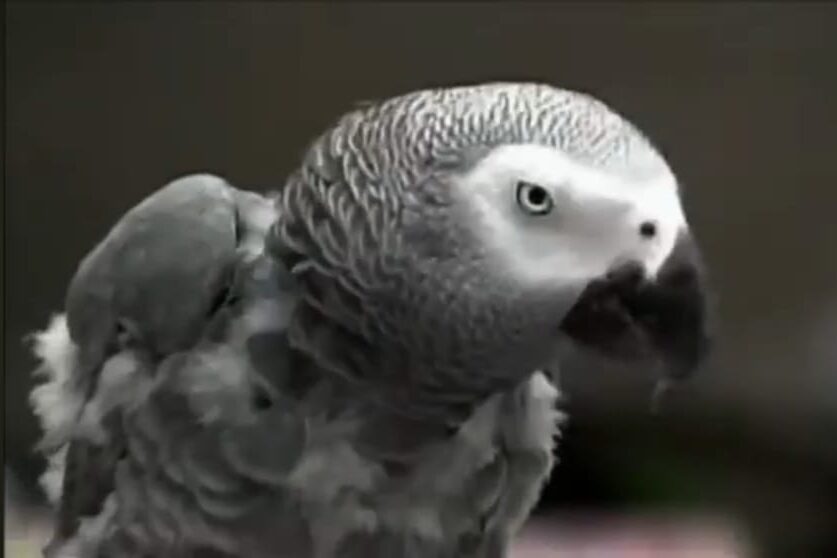
Most birds repeat words without understanding them. Not Alex. This African grey parrot, trained by animal psychologist Irene Pepperberg, could count, recognize colors, and even grasp abstract concepts like “bigger” and “smaller.” Alex’s intelligence challenged the long-held belief that only primates possessed higher reasoning skills. He could form basic sentences and even ask questions—something few animals have ever been able to do. His remarkable cognitive abilities forced scientists to reconsider what they thought they knew about bird brains.
His famous last words to his owner—“You be good. I love you.”—still haunt scientists who once dismissed birds as mere mimics. Turns out, Alex was more than just a pretty boy. His abilities provided groundbreaking insights into avian cognition, proving that intelligence in the animal kingdom is more widespread than previously believed. Even after his passing, Alex’s contributions continue to influence studies on animal learning and communication. Who knew that a little grey parrot could shake up everything we assumed about intelligence?
Ham, the Chimp Who Took a Joyride in Space
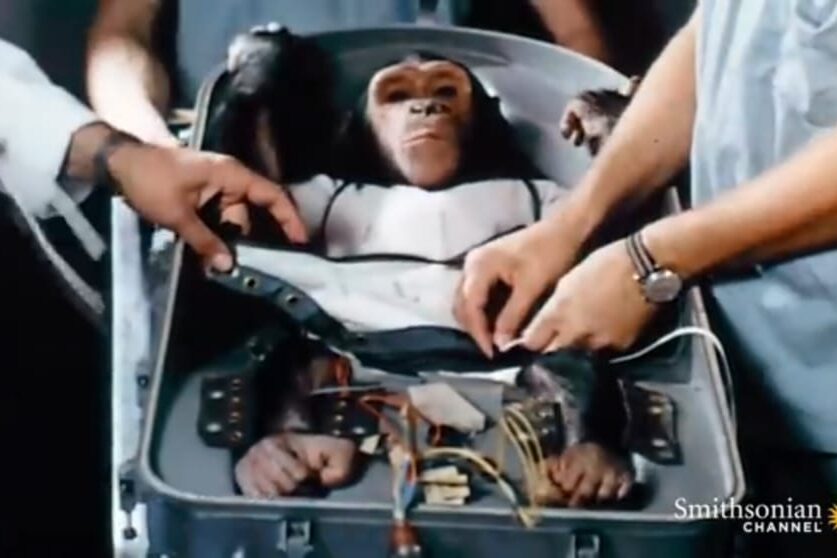
Before humans dared to venture beyond Earth’s atmosphere, a chimp named Ham took the first leap. In 1961, NASA launched him aboard Mercury-Redstone 2, making him the first hominid in space. Unlike Laika, Ham returned home safely, proving that primates (and by extension, humans) could survive the intense forces of space travel. His mission paved the way for the first manned spaceflight just months later, giving NASA the confidence to send Alan Shepard into orbit. Without Ham’s successful trip, the Space Race could have taken a much slower, more cautious turn.
But while Ham’s mission was historic, it wasn’t exactly glamorous. During his flight, he endured extreme G-forces, weightlessness, and even had to complete simple tasks to test cognitive function under pressure. After returning to Earth, Ham became an instant celebrity, though he spent the rest of his days in quieter settings, first at the National Zoo and later in a chimpanzee sanctuary. Though he never got a medal or a parade, his legacy remains cemented in every astronaut’s journey into space.
Unsinkable Sam, the Cat with Nine (Naval) Lives

Some war heroes wield swords, some carry rifles—this one just had really good luck. Unsinkable Sam, originally named Oscar, survived the sinking of three warships during World War II: the German battleship Bismarck, the British destroyer HMS Cossack, and the aircraft carrier HMS Ark Royal. Each time disaster struck, Sam was found floating on wreckage, completely unharmed. His legend grew with every miraculous escape, earning him a place in naval history as possibly the luckiest (or most cursed) cat to ever set paw on a ship. Sailors viewed him as both a lucky charm and an eerie omen, given his uncanny ability to survive while the ships around him met their doom.
Eventually, the British Royal Navy decided that maybe Sam had seen enough action and retired him to a peaceful life on land. He spent his remaining years at a sailor’s home in Belfast, no longer at risk of testing his nine lives again. Though he never contributed to science in the traditional sense, his story fascinated researchers who study survival instincts in animals. If there’s ever a study on feline invincibility, Unsinkable Sam would be the ultimate case study.
The Mice Who Unlocked the Secrets of Medicine

They don’t wear lab coats, but they might as well. For over a century, lab mice have been the backbone of medical research, playing a crucial role in breakthroughs ranging from insulin discovery to cancer treatments. Their genetic similarity to humans (roughly 85%) makes them ideal test subjects, allowing scientists to study diseases, develop vaccines, and even map the human genome. Without these tiny, unassuming heroes, modern medicine as we know it wouldn’t exist. Every life-saving drug, every surgical breakthrough, and every vaccine owes a silent debt to generations of mice who gave their lives to science.
Yet, their contributions aren’t without controversy. Ethical concerns surrounding animal testing have led to alternative research methods, but the importance of lab mice remains undeniable. Their sacrifice has saved millions of human lives, making them some of the most significant (and underappreciated) figures in medical history. So the next time you pop a pill or get a vaccine, spare a thought for the little creatures that made it all possible.


